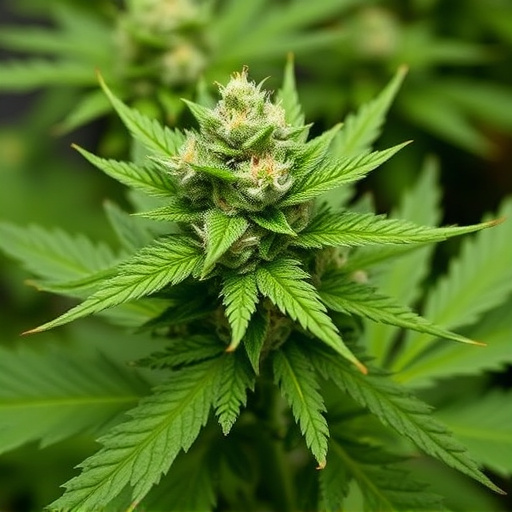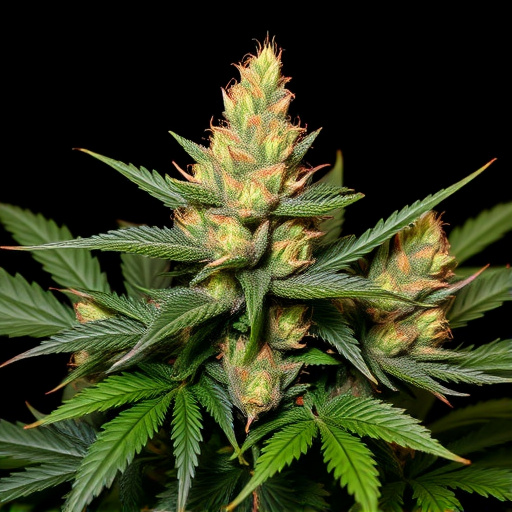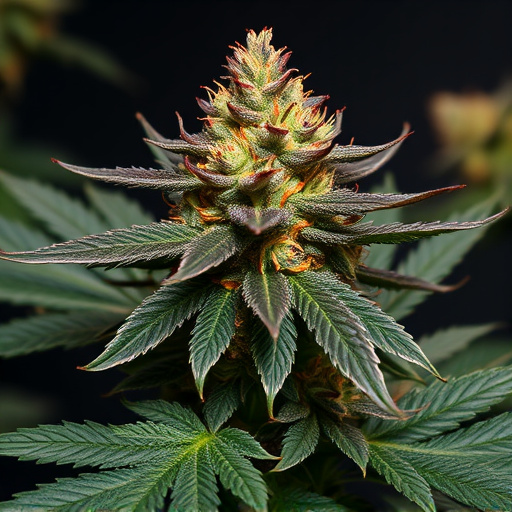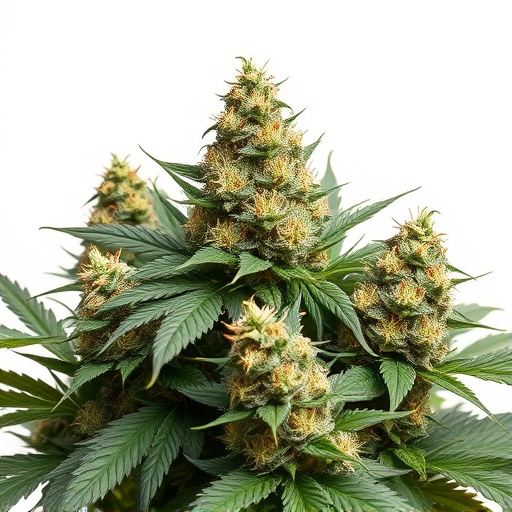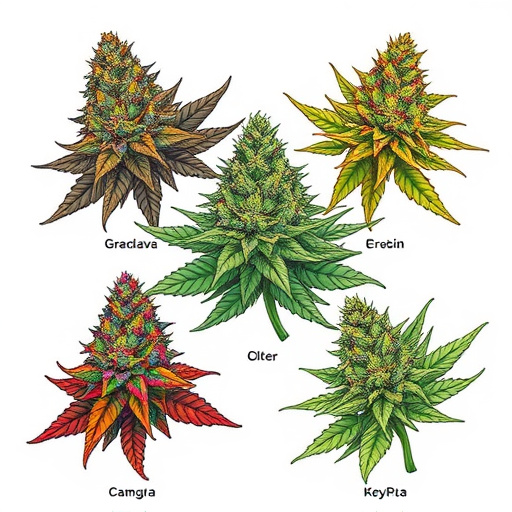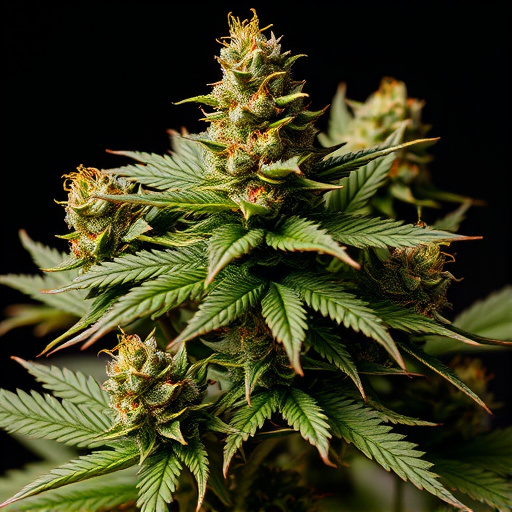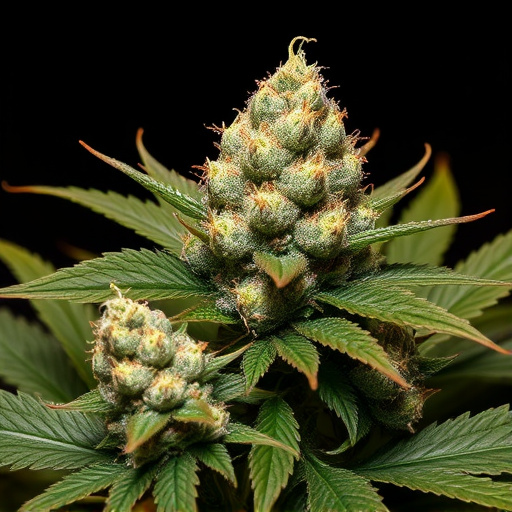Cannabis quality is driven by genetics and terpene profiles, with indica dominant strains exemplifying this through their calming effects and diverse consumer experiences. Skilled cultivation techniques, controlling environment and timing, produce superior indica strains characterized by dense, resinous flowers. Testing and certification ensure consistent quality, potency, and authenticity of indica dominant strains, preserving their desired traits and mitigating risks.
Discover the key factors that elevate quality weed beyond mere potency. From the genetic composition and terpene profile, which lay the foundation for exceptional flavor and aroma, to cultivation practices that nurture optimal growing conditions, this guide explores what sets apart top-tier cannabis. We delve into the importance of testing and certification in ensuring consistency and purity, particularly for sought-after indica dominant strains known for their calming effects and rich chemical profiles.
- Genetic Composition and Terpene Profile: The Foundation of Quality
- Cultivation Practices: Nurturing Optimal Conditions
- Testing and Certification: Ensuring Consistency and Purity
Genetic Composition and Terpene Profile: The Foundation of Quality
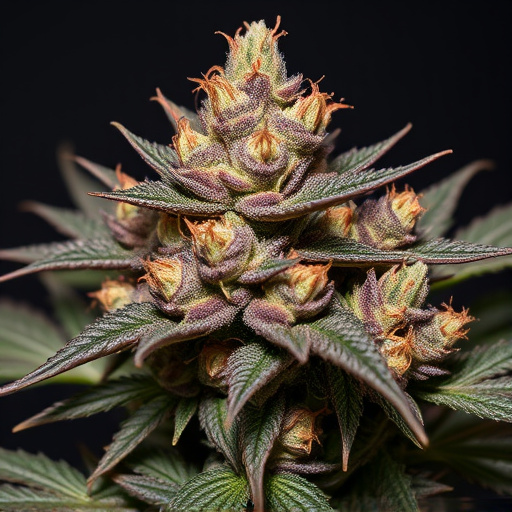
The foundation of quality weed lies in its genetic composition and terpene profile, which are key factors that contribute to its unique characteristics and effects. Indica dominant strains, for instance, are renowned for their calming and relaxing properties, thanks to a higher concentration of myrcene, a terpene known for its sedative and pain-relieving qualities. This genetic predisposition not only influences the plant’s physical appearance but also shapes its aroma, flavour, and overall user experience.
Furthermore, the terpene profile plays a pivotal role in distinguishing one strain from another. Terpenes are aromatic compounds that work synergistically with cannabinoids to enhance or alter their effects. Different combinations of terpenes can produce a wide range of experiences, from uplifting and energizing to soothing and sedating. Understanding this intricate interplay between genetics and terpenes is crucial for cultivators aiming to produce top-quality cannabis that meets the diverse preferences of consumers.
Cultivation Practices: Nurturing Optimal Conditions
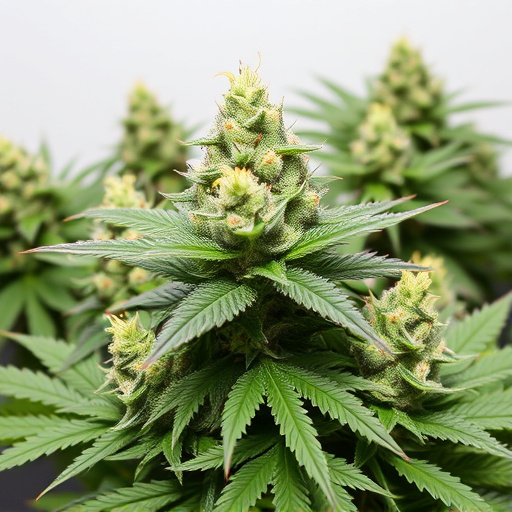
Cultivation practices play a pivotal role in determining the quality of cannabis, especially when it comes to cultivating desirable indica dominant strains. Growers must pay meticulous attention to creating optimal environmental conditions for these plants to thrive. This includes controlling temperature and humidity levels within the grow room, as indicas generally prefer cooler atmospheres with moderate moisture. Adequate lighting is another critical factor; specific LED or HPS lights can mimic natural outdoor conditions, promoting robust growth and dense, resinous flowers characteristic of high-quality indica strains.
Furthermore, skilled cultivators employ precise timing for planting, harvesting, and curing to ensure the plants reach their peak potential. The right cultivation techniques enable growers to produce cannabis with enhanced flavors, aromatic profiles, and potent levels of THC and other cannabinoids, all of which contribute to the overall quality and desirability of indica dominant strains.
Testing and Certification: Ensuring Consistency and Purity
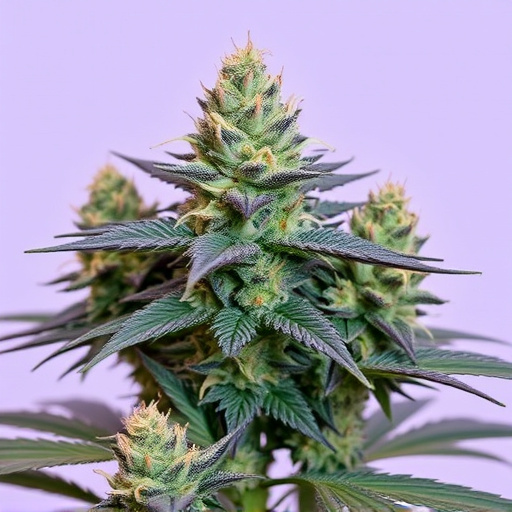
Testing and certification play a pivotal role in ensuring that consumers receive consistent, high-quality weed products. These processes are crucial for verifying the potency, purity, and safety of cannabis flowers, especially when it comes to sought-after indica dominant strains. Through rigorous testing, labs can identify and quantify various cannabinoids like THC and CBD, providing transparency about the product’s composition.
Furthermore, certification programs guarantee that the cannabis has been grown, harvested, and processed according to strict standards. This not only assures consumers of its authenticity but also ensures consistent quality from batch to batch. With indica dominant strains, known for their relaxing and sedating effects, testing and certification are essential to maintain the desired traits and avoid contamination or adulteration.
In conclusion, determining the quality of weed involves a multifaceted approach. From the genetic composition and terpene profile that lay the foundation, to cultivation practices that nurture optimal conditions, and testing and certification that ensure consistency and purity, each element plays a crucial role. Understanding these factors, especially the popularity of indica dominant strains, empowers consumers to make informed choices and enjoy the best that the cannabis industry has to offer.


